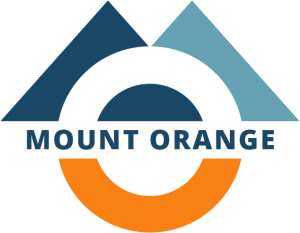Glossary: International Teaching Terms
Educators around the world use a variety of phrases and acronyms. Add yours to this glossary.
Spesiaal | A | B | C | D | E | F | G | H | I | J | K | L | M | N | O | P | Q | R | S | T | U | V | W | X | Y | Z | ALMAL
P |
|---|
PALPlanning for All Learners (PAL) is designed using the UDL (Universal Design for Learning) model. Providing a program that enables ALL students to have access to the curriculum based on multi faceted delivery modes. | |
PAR methodTo use for effective communication and getting your ideas across. Probe: learn about the other's perspective. What is he/she saying? Align: find a link between your idea and your audience. What is the common ground? Rise: give your argument supported by evidence. What do you want to say and why? | |
PBLProblem-based learning (PBL) is a student-centered pedagogy in which students learn about a subject through the experience of problem solving. Students learn both thinking strategies and domain knowledge. The PBL format originated from the medical school of thought, and is now used in other schools of thought too. The goals of PBL are to help the students develop flexible knowledge, effective problem solving skills, self-directed learning, effective collaboration skills and intrinsic motivation.[1] Problem-based learning is a style of active learning. Working in groups, students identify what they already know, what they need to know, and how and where to access new information that may lead to resolution of the problem. The role of the instructor (known as the tutor in PBL) is to facilitate learning by supporting, guiding, and monitoring the learning process.[2] The tutor must build students' confidence to take on the problem, and encourage the students, while also stretching their understanding. PBL represents a paradigm shift from traditional teaching and learning philosophy,[3] which is more often lecture-based. The constructs for teaching PBL are very different from traditional classroom/lecture teaching. | |
PCPersonal Computer | ||
PDASFour steps to an effective assignment/project: Prepare, Discover, Analyze and Share. For instance, you may ask the students to read specific material about the subject (Prepare), then ask them to find more information on their own (Discover), ask them to Analyze the new material to gain insights on new ideas or methods, and finally ask them to Share their thoughts and ideas with the other students and the teacher. | |
PDF (English acronym for portable document format, Portable Document Format) is a format for storing digital documents independent of software or hardware platforms. This format is a compound type (vector image, bitmap and text). It was initially developed by Adobe Systems, officially released as an open standard on July 1, 2008 and published by the International Organization for Standardization as ISO 32000-1. | ||
PDPPersonal Development Planning http://en.wikipedia.org/wiki/Personal_development_planning | |
PDP - another definitionProfessional Development Program is a special program for any professional who has just started working as a teacher, for instance, or has been working for a long time and would like to get updated. | ||
PEMDASThe order of operations to get to the correct answer in a math equation. Parentheses -> exponents -> multiplication -> division -> addition -> subtraction | |
